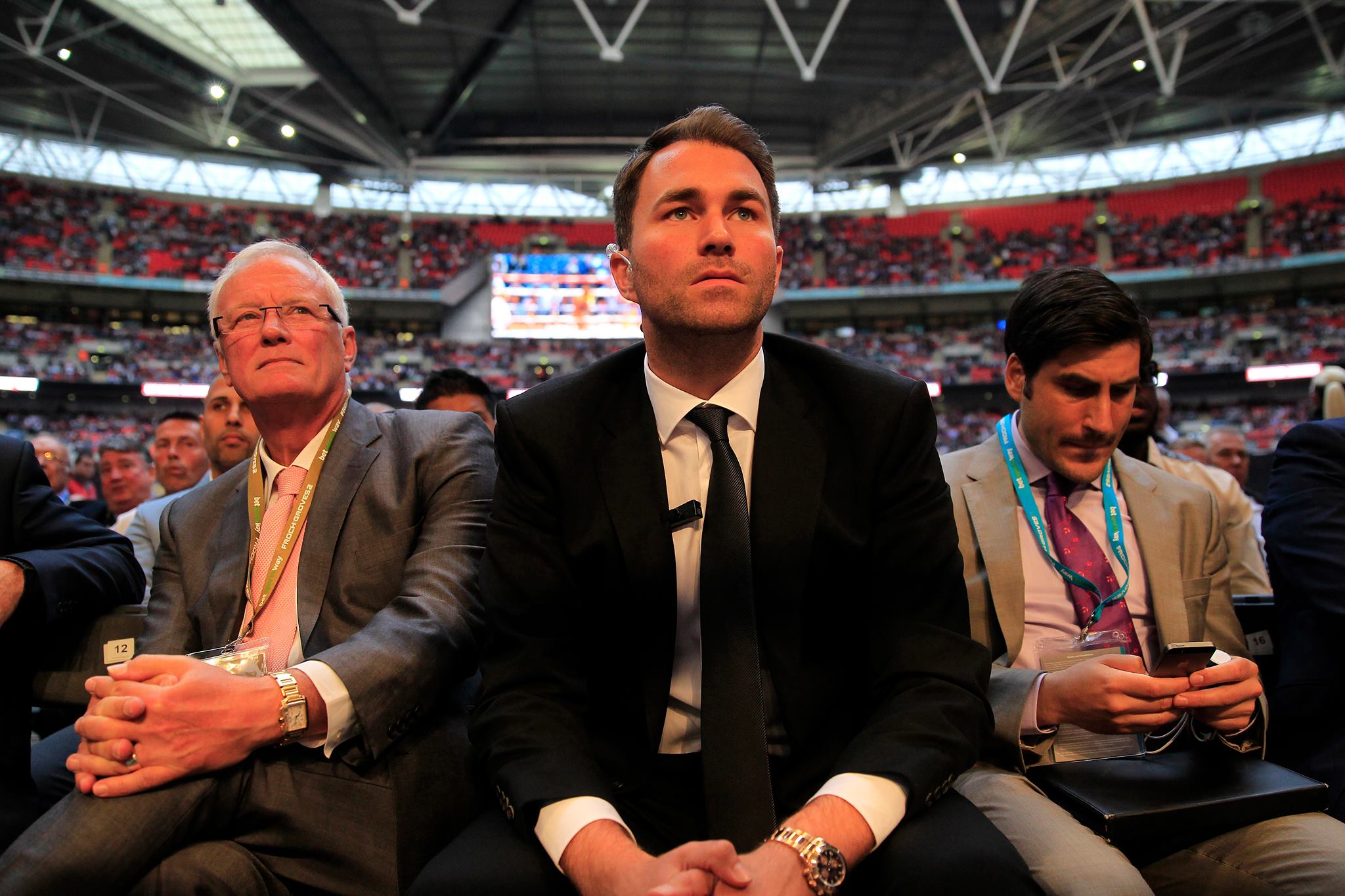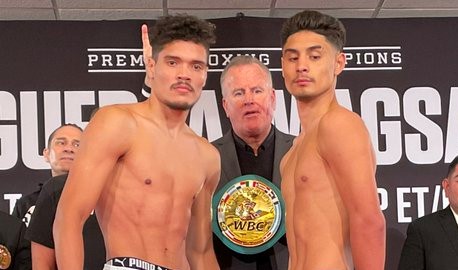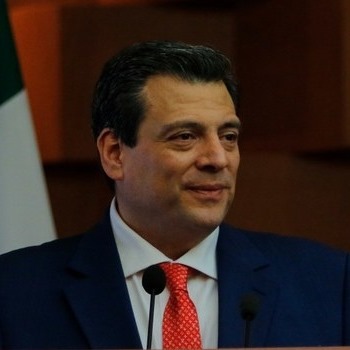By Briggs Seekins
Last Saturday’s online edition of the New York Daily News featured a column by sportswriter Filip Bondy calling on New York state to “do the right thing” and ban boxing, just as they continue to ban professional mixed martial arts. The column seemed primarily motivated by the recent tragedy of Magomed Abdusalamov, who had to be placed into a medically-induced coma following his unanimous decision loss to Mike Perez at Madison Square Garden on November 2.
Abdusalamov’s face began to swell grotesquely early in the fight, indicating possible broken bones. I’m not qualified to comment on whether or not the referee, Mago’s corner or the ringside physicians acted improperly in allowing the fight to continue for round after round. Despite his obvious distress over his injuries between rounds, Mago continued to intelligently defend himself and fight back.
However, an investigation is ongoing and a November 22 story on Boxingscene.com, by well-respected boxing writer Thomas Hauser, reveals some disturbing signs that were overlooked during the heat of the action by Mago’s corner and the physician assigned to his corner, Osric King.
It’s important to know if this tragedy could have been avoided, at least for the sake of avoiding similar events in the future. But to most boxing fans it just looked like a normal boxing match, although particularly exciting and packed with action. Abdusalamov was fully cognizant after the fight and left the ring under his own power.
The seeming normality of the fight does put boxing’s apologists automatically on the defensive. Whether or not it could have been avoided or whether experience gained from the event will lead to more tragedies being avoided in the future is beside the point. Boxing is a dangerous sport and it seems statistically inevitable that a tragedy will happen again.
But in terms of actual details, Bondy’s hit piece is extremely superficial. He posits that banning boxing should be the natural course of action for New York state, which is the sole remaining state or province in North America that refuses to legalize mixed martial arts. But anyone actually familiar with the impasse over MMA’s legal status in New York knows that the continuing failure to get it sanctioned has nothing to do with any popular outrage against the brutality of the sport.
All polling on the data shows widespread support for legalizing it in the state, across demographics. Straw polls the past two years have shown more than enough support to pass the Assembly but the bill to sanction it has consistently failed to reach the floor, due to political shenanigans on the part of Speaker Sheldon Silver, who appears beholden to the Culinary Workers’ Union, who have a Las Vegas-based feud with the UFC ownership. The Culinary Workers have found an ally in the New York Woman’s Legislative Caucus, who have Silver by the short hairs due to his disgusting handling of the sexual harassment scandal involving former assemblyman Vito Lopez. Silver is desperate to make amends and give the Caucus a chance to flex a little muscle. MMA is merely a convenient target.
But few close to the sport in the state doubt that it will be legalized eventually, just as it is everywhere else. And nobody should hold their breath, waiting for boxing to get outlawed. Bondy ends his op-ed by calling on New York Governor Como to initiate “a humanistic crusade” against the sport, but his limp rhetoric hardly has the tone of a battle call. It mostly sounds like upper-class liberal hand-wringing.
The fact that boxing is dangerous hardly makes it unique among sports and diversions. Bad outcomes are a statistical certainly in boxing, just as they are in motor sports, horse racing, professional football, hockey, sky diving, kayaking and any number of other high impact, dangerous sports. Bondy tries to differentiate between boxing and car racing by saying that “intent matters,” but that is merely a case of him imposing his own selective sensibilities.
From my own point of view, I’ve been punched in the face more times than I can remember and have rarely become even annoyed. But an aggressive driver tailgating me on the highway can put me into a life-or-death rage. Car racers routinely roll the dice with their own lives and the lives of those also on the track, or even in the stands. When sportswriters like Bondy attempt to categorically set aside something like car racing from a discussion about the legality of boxing or mixed martial arts, it’s a trick of rhetorical convenience. The distinction is not based upon any true meaningful differences, but merely upon how they personally feel about acts of physical violence.
To start banning consenting adults from participating in activities based on the sensibilities of a minority, no matter how well-educated or influential that minority might be, is a slippery slope in a pluralistic society like ours. The fact is, many adults chose to do many potentially lethal activities on a daily basis. Sometimes it is for thrills and excitement and sometimes it is merely for the sake of earning a modest living. In 2012, 138 workers in the Oil and Gas extraction industries died in work-related accidents, a statistical risk that far surpasses the sport of professional prize fighting. But few, if any, of those deaths occurred in front of camera crews and we live in a society that is addicted to fossil fuels. So only political radicals on the fringe ever even talk about seriously limiting those occupations, for any reason at all.
Still, there is no doubt that fighter safety must continue to be a pressing concern for everyone connected with the sport. Referees and physicians need exceptional training to recognize when a fighter is at risk for a permanent injury. The culture around the sport needs to shift so that corners will be more likely to protect their fighters, rather than sending them out to the bitter, potentially tragic, end.
As I wrote for this site two weeks ago, perhaps the biggest push for fighter safety needs to come from promoters, broadcast networks and writers, who should make a deliberate effort to recognize and support fighters who represent the Sweet Science at its best—fighters who know how to avoid and minimize punishment while winning.
And it is probably even more important that those in position to do so emphasize the positive aspects that thousands of people experience each year by taking up and competing in the combat sports, despite the risk. A sport like boxing can be tremendously rewarding and life-changing, and not in spite of the inherent risk and violence, but probably because of it. The opportunity to do something bigger than most people dare is the true allure of the sport, not a promise of far off, pie-in-the-sky riches. Anybody who has spent time around gyms has seen countless wannabe pro fighters and few of them last very long. Those who thrive in the sport do so because they thrive under the discipline and find in it a legitimate path to an enhanced sense of self worth and confidence.


















